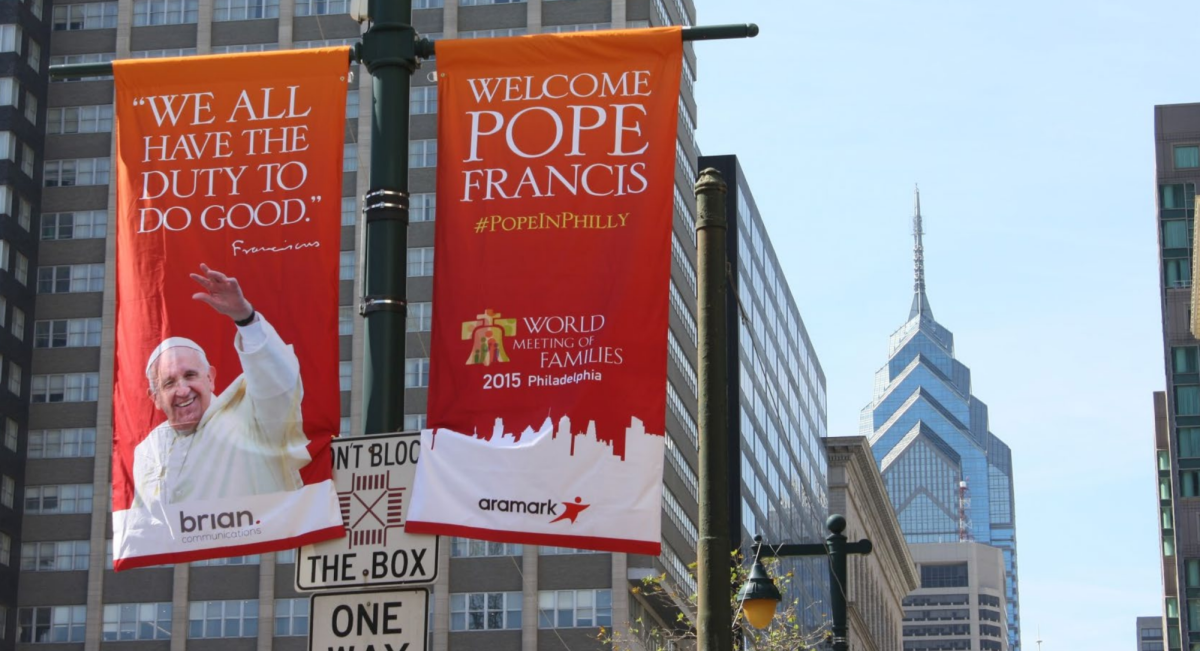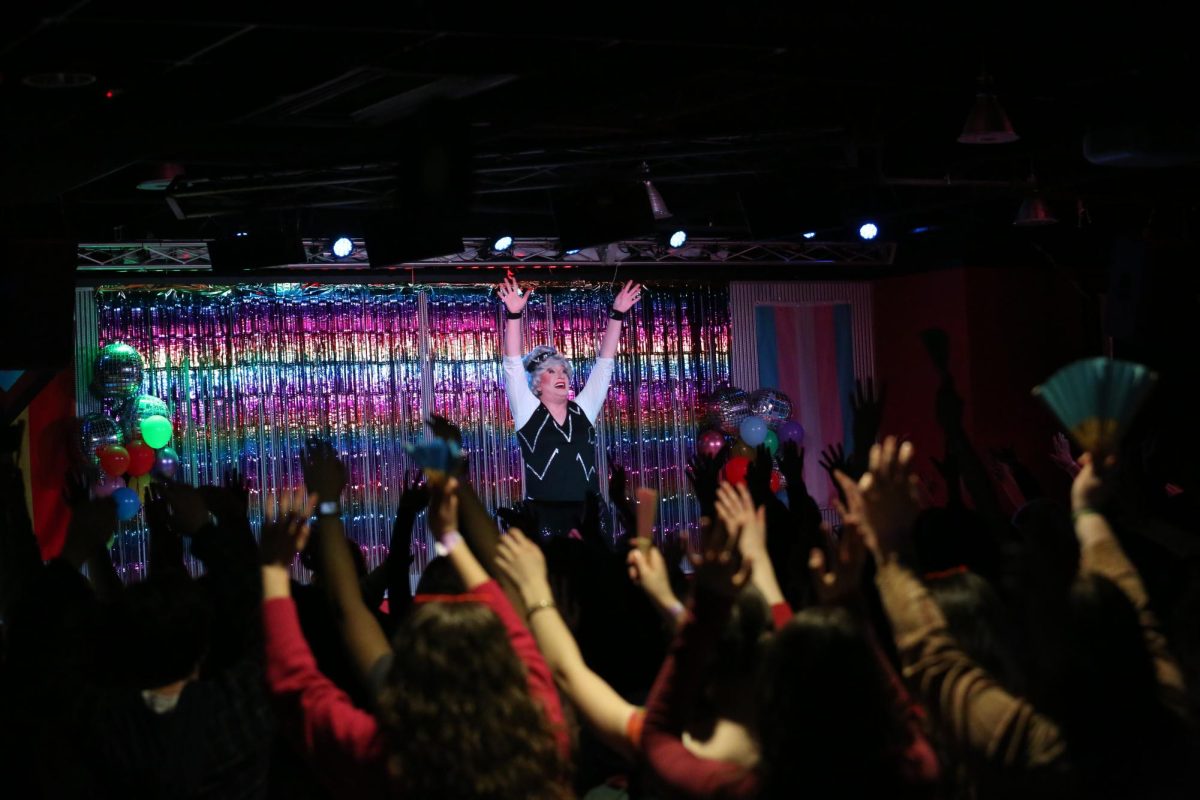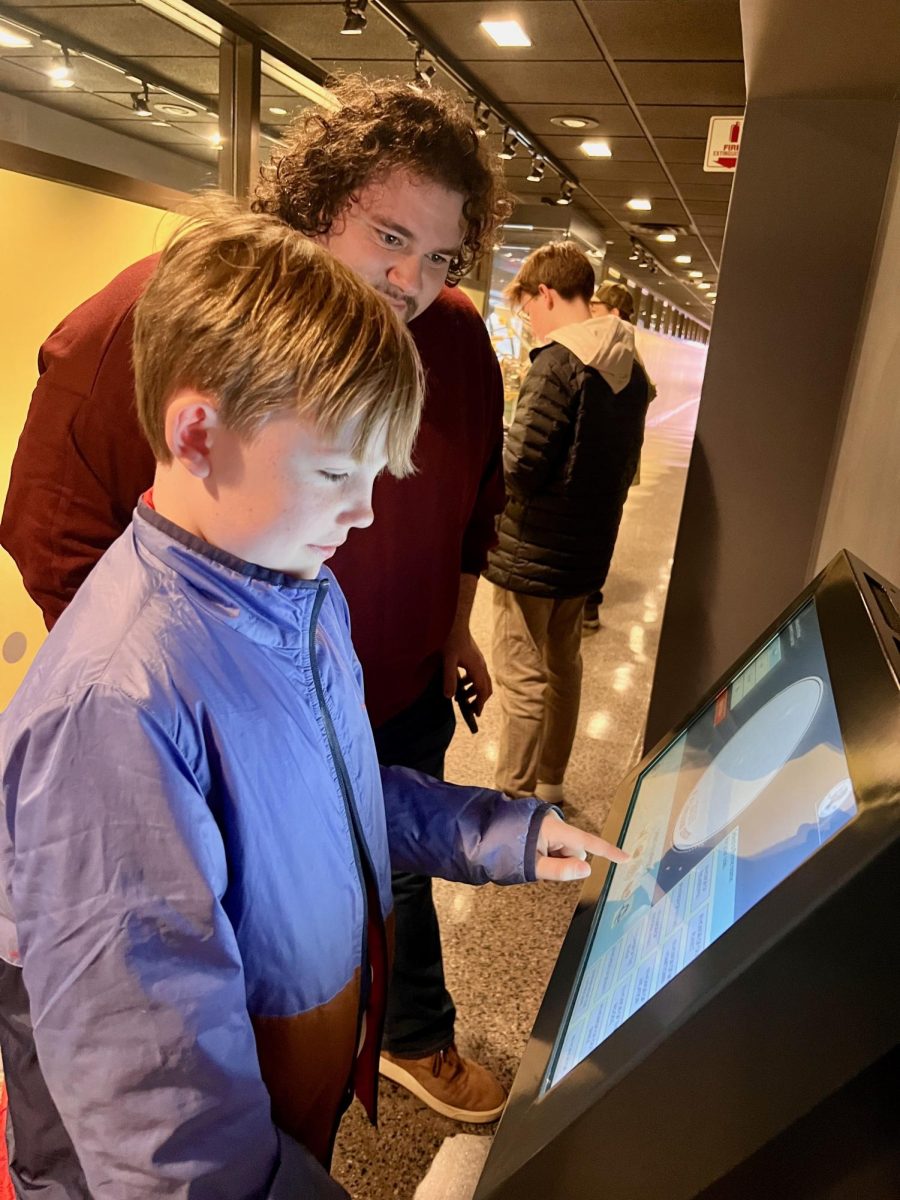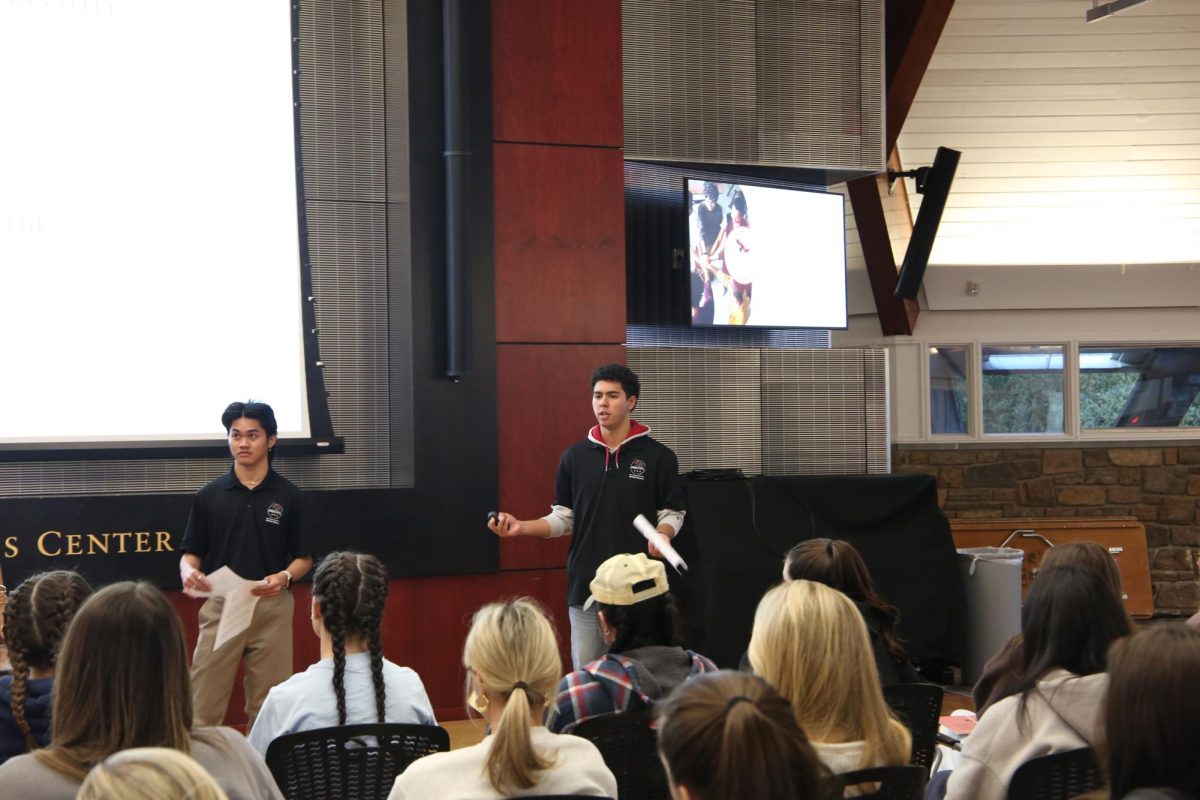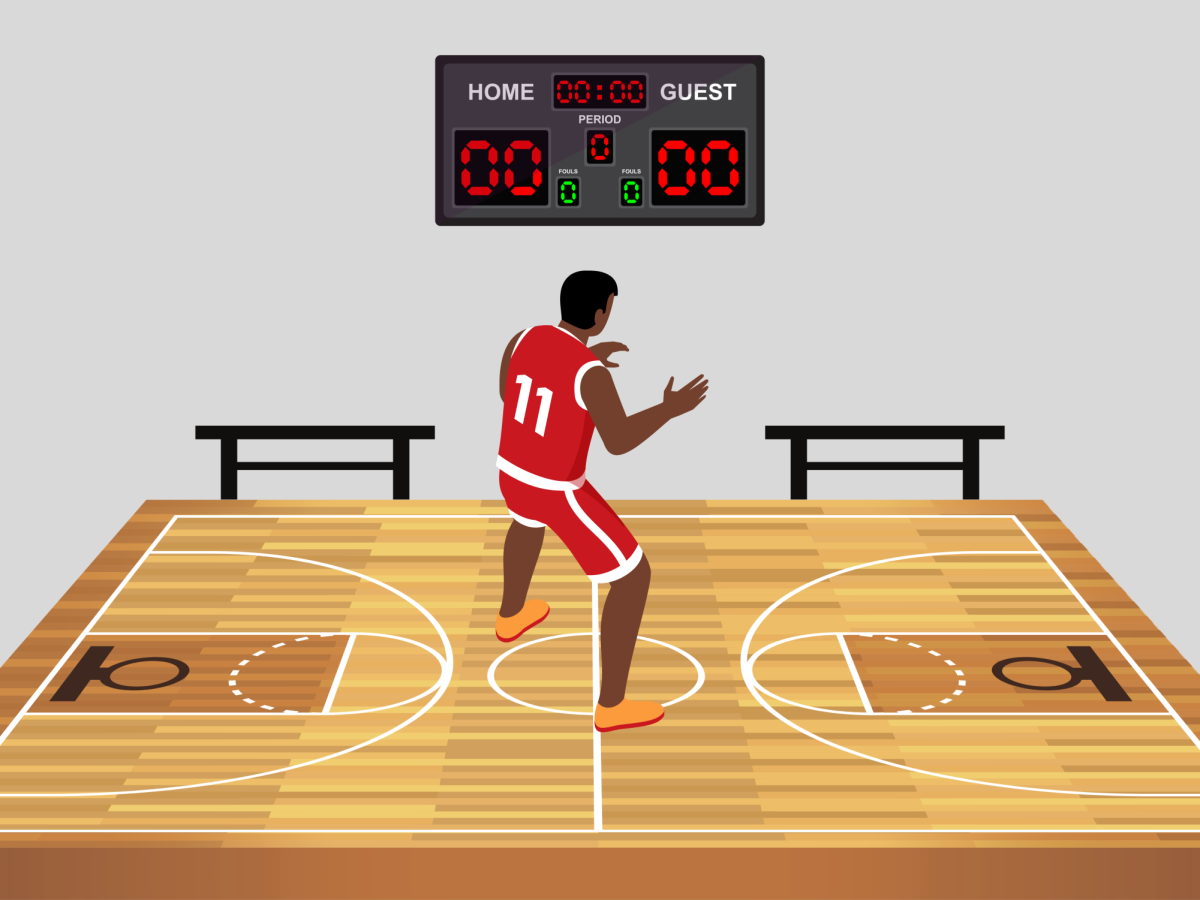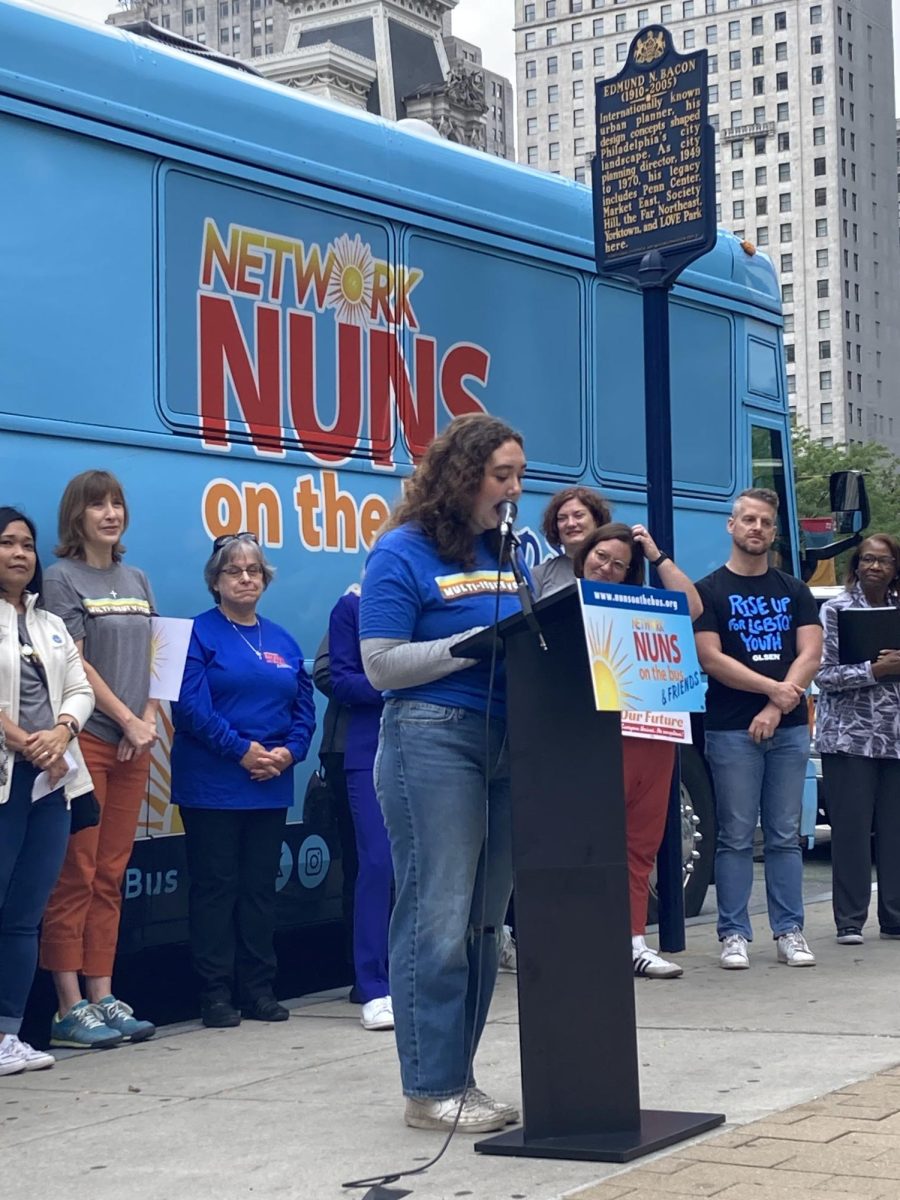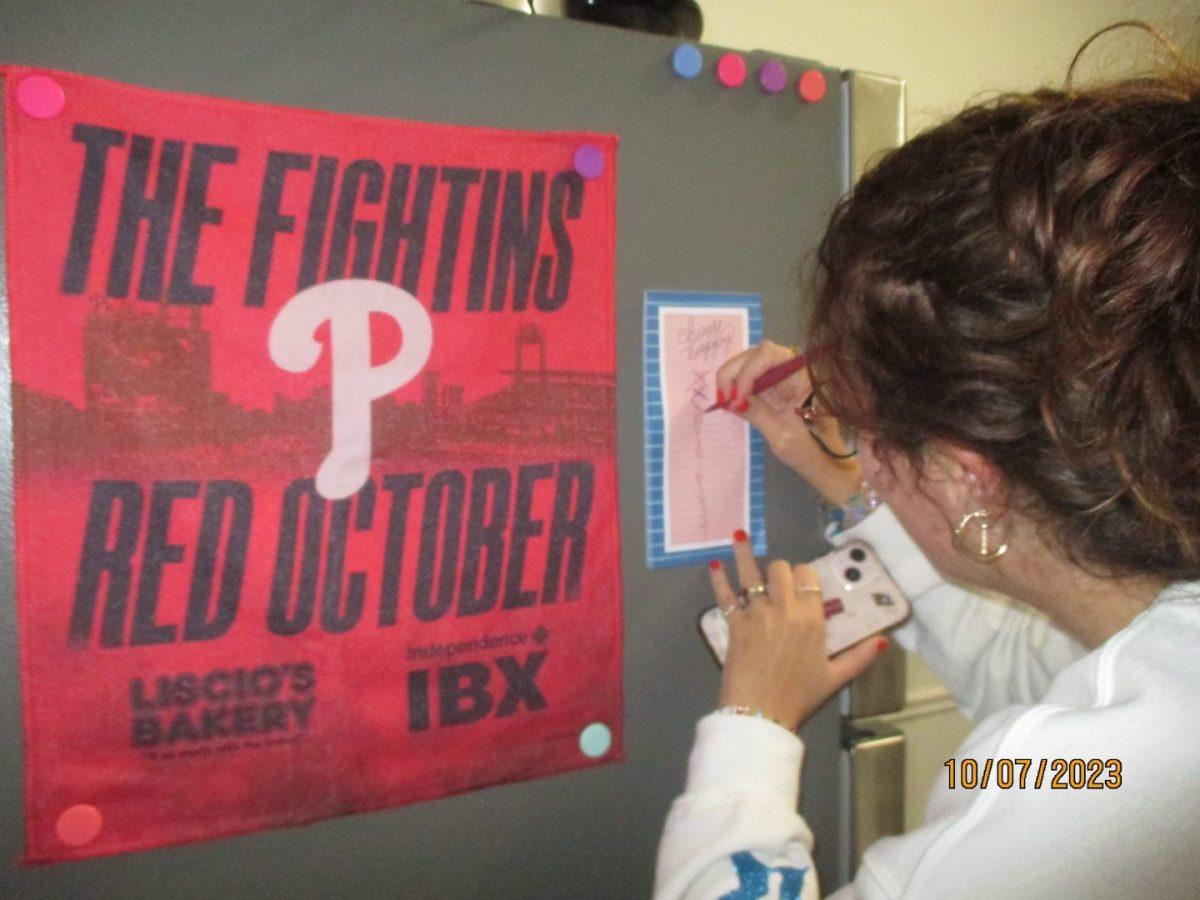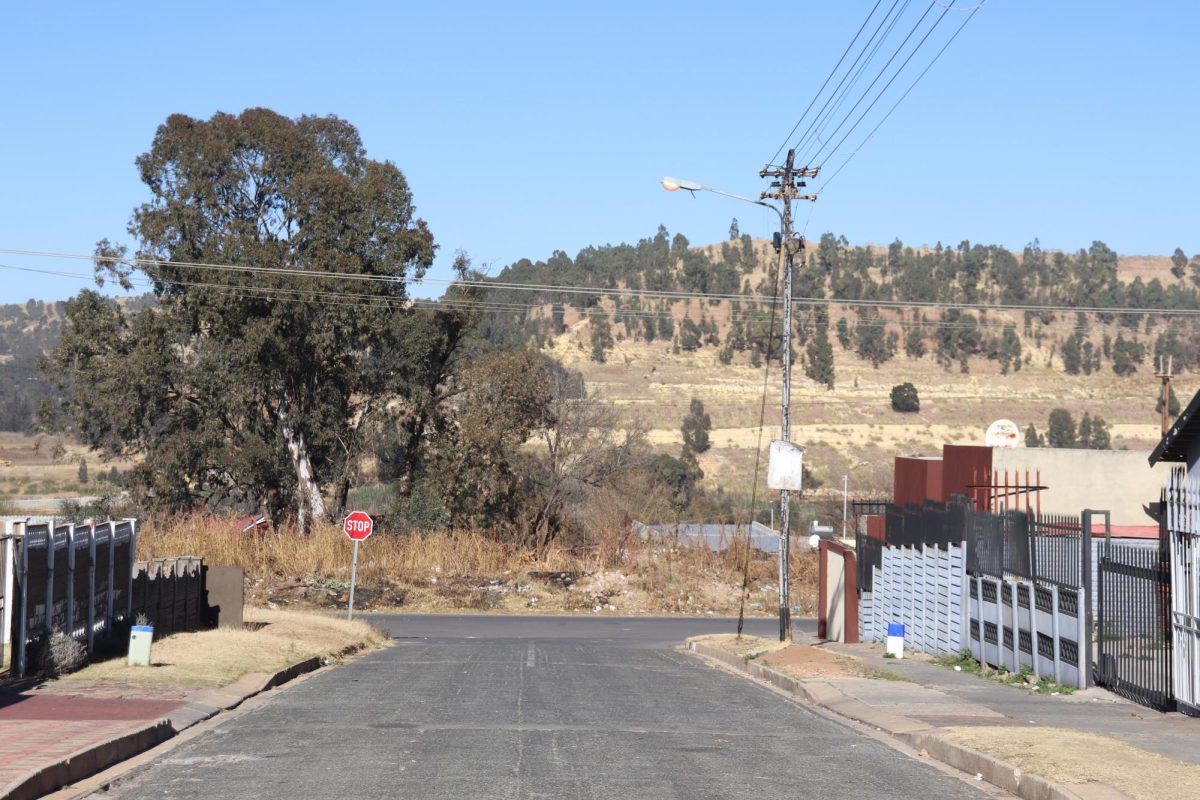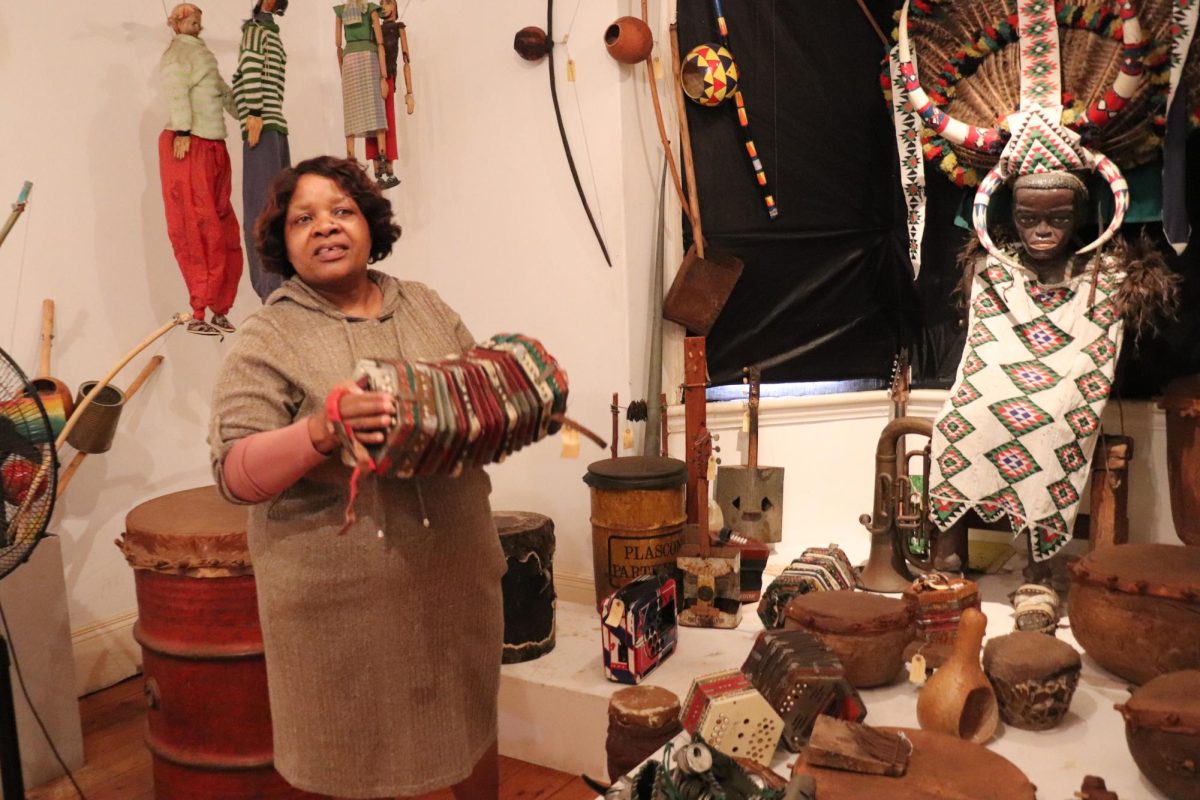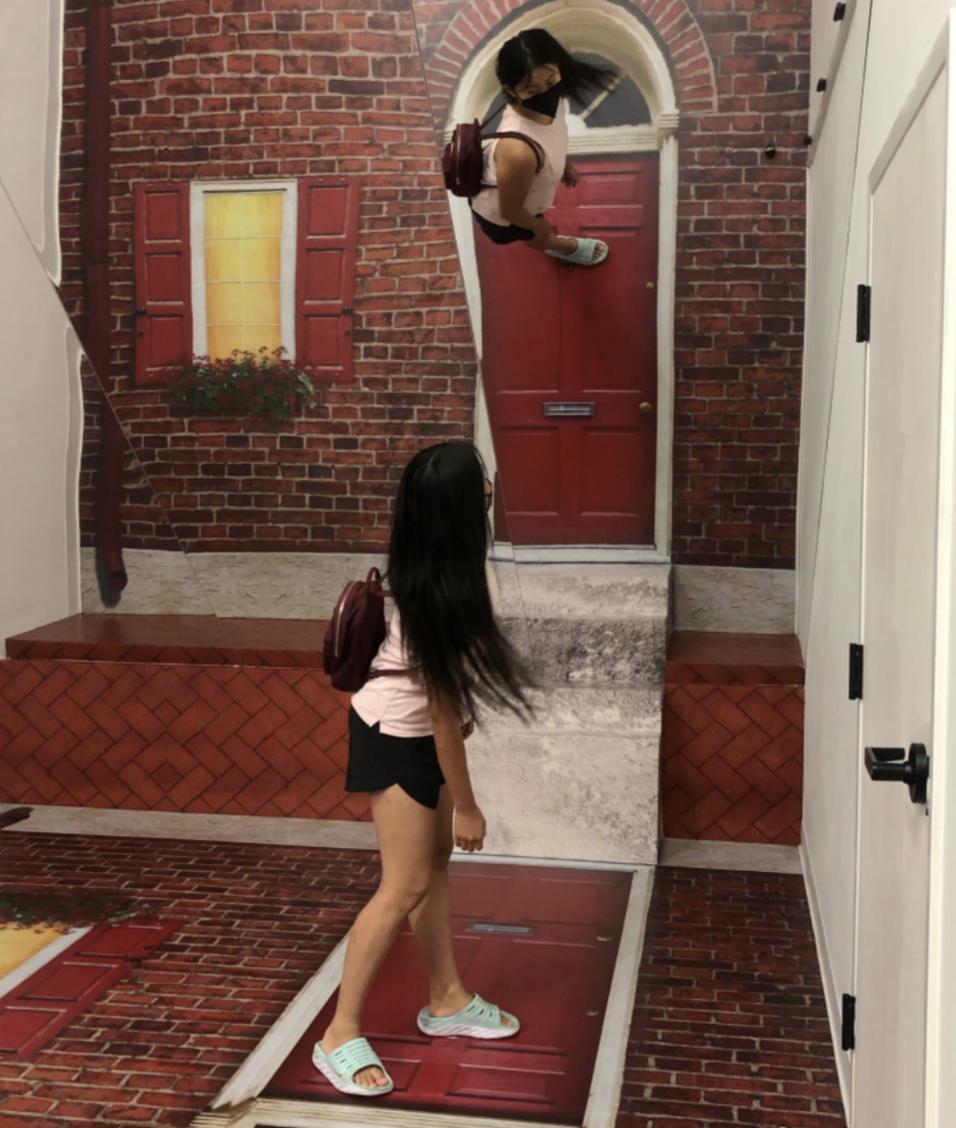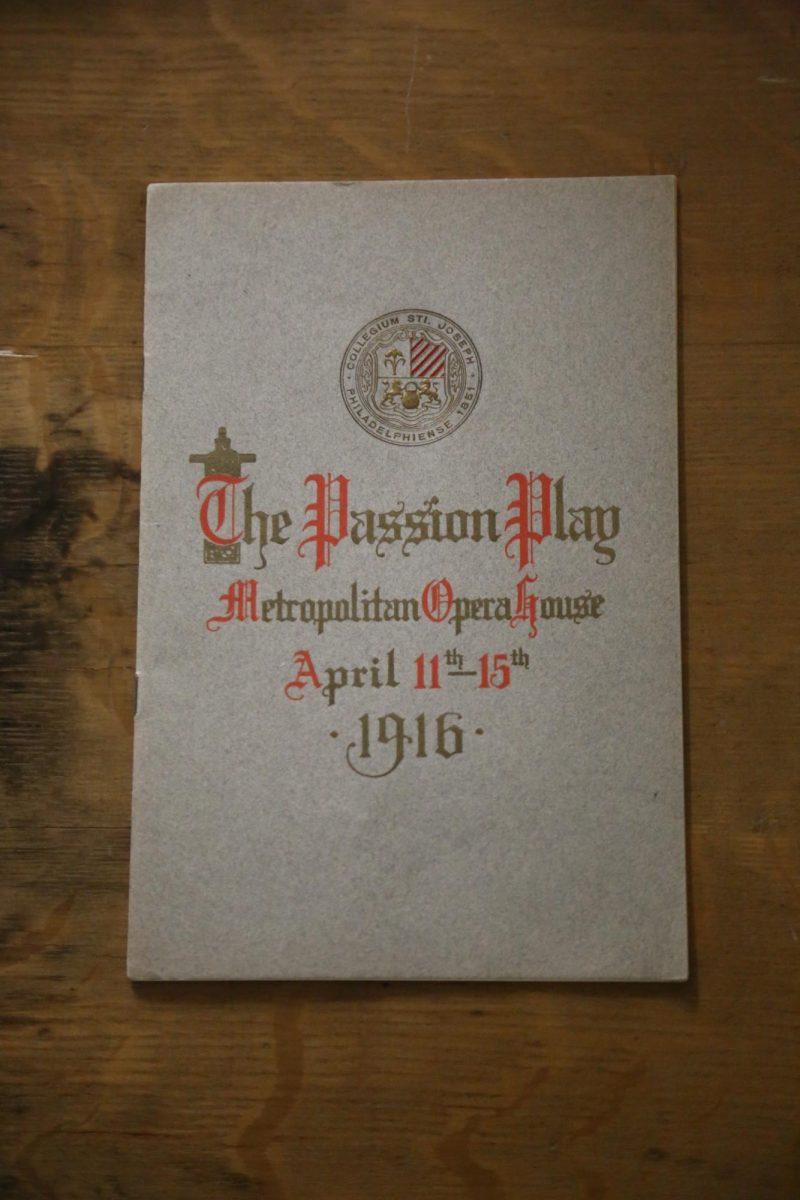The Philadelphia Museum of Illusions opened earlier this year in Old City, altering the reality of visitors with over 50 interactive exhibits.
From the outside, the space at 401 Market Street is relatively small and unassuming, but Genevieve Stenson, sales and marketing coordinator at the Philadelphia Museum of Illusions, said despite being a small space, there is a lot to be experienced.
“While we are a small museum, we pack a lot of fun into our 5,000 square foot space,” Stenson said. “Guests will experience illusions, hands-on exhibits, holograms, puzzles and immersive rooms. Guests will see things that appear to move or disappear, when in reality, they’re not.”
The Museum of Illusions started as an educational and entertainment project in Zagreb, Croatia in 2015 and has since expanded to over 30 cities globally.
“Philly is a special one for us,” Stenson said. “Our team has roots in Philadelphia, and we were excited to bring the concept to our family, friends and neighbors.”
Each location has exhibits unique to the history and personality of the city.
“While all the museums are similar, we added a little Philly flair to ours,” Stenson said. “Our Benjamin Franklin following eyes, Elfreth’s Alley building illusion and our Philly Diner rotated room all pay homage to the city of Brotherly Love.”
Each interaction, exhibit, illusion and puzzle has a plaque describing the illusion, how to best interact with it and how the illusion is created. This allows guests to understand how their eyes are deceiving them. Some illusions are seen better through eyes alone, while others are more impactful through a photograph.
The museum encourages sharing the experience on social media. Exhibits provide directions and placemarkers for where to stand within the illusions and where to snap the best pictures.
Some of the exhibits are smaller in size, such as the wide variety of jigsaw puzzles that form patterns like a checkerboard, egg, pyramid or cube. They have seating where guests can stop and spend some time focusing on the tricky puzzles.
There are also optical illusions along the walls like realistic holograms that appear as normal photographs of people, animals and nature, but as you move past them, they feel as though they are in action, jumping off the walls. Other optical illusions are geometric shapes that appear to move, shift and even disappear.
Many of the illusions use mirrors to provide an altered sense of reality like the infinity room, kaleidoscope and a clone table that gives you a chance to play cards with a group of five clones.
Other exhibits manipulate depth and perception like the Ames room, where guests appear to shrink and grow as they move across the room. The Ames room is a popular illusion, named after American psychologist and ophthalmologist Andelbert Ames.
“Our immersive rooms are by far the favorites here at the museum,” Stenson said. “When you immerse yourself in the illusion and become part of it, it makes for a much more meaningful experience and amazing photo ops.”
Kamryn Karensky, a nursing student at Drexel University, said she found out about the museum through her friends on Instagram.
“The Ames room was so cool,” Karensky said, “I loved that they [the Museum of Illusions] explained everything to you, so I could really understand how it worked.”
Astrid Meck, a Drexel law student, said she loved the hands-on puzzles, which were challenging but allowed some time to sit and focus.
Some of the exhibits, like the Vortex Tunnel, may be difficult for those who are sensitive to lights, movement and sound. Guests who walk through the tunnel may feel as though the ground and room are moving around them. But that’s what Stenson said she loves about that exhibit.
“This one will completely confuse your brain and your vestibular system,” Stenson said. “The tunnel spins around you and within seconds, it feels as though the floor is moving beneath your feet, when in reality, you’re standing on a completely flat and stable surface. Let’s just say, there’s handrails for a reason in this exhibit.”
Ticket prices differ depending on peak times, but for an off-peak time on a Monday evening, an adult ticket runs for $19.99. There is no time limit for guests, but it typically takes 45-60 minutes for guests to make their way through. The museum is open seven days a week, from 10 a.m. to 9 p.m. on most weekdays. For more information, visit moiphilly.com.



